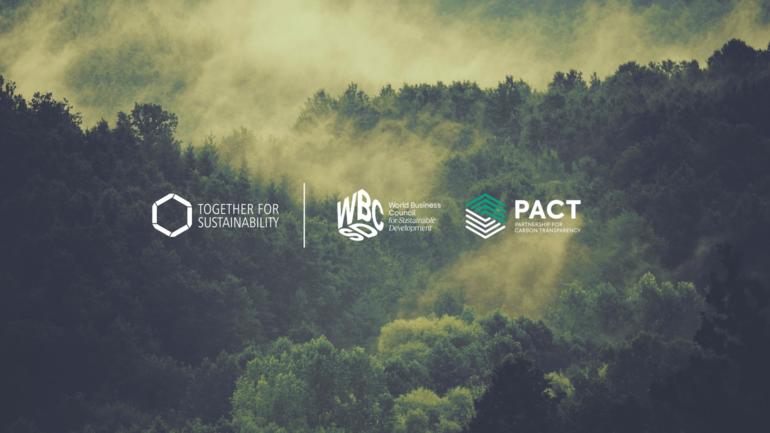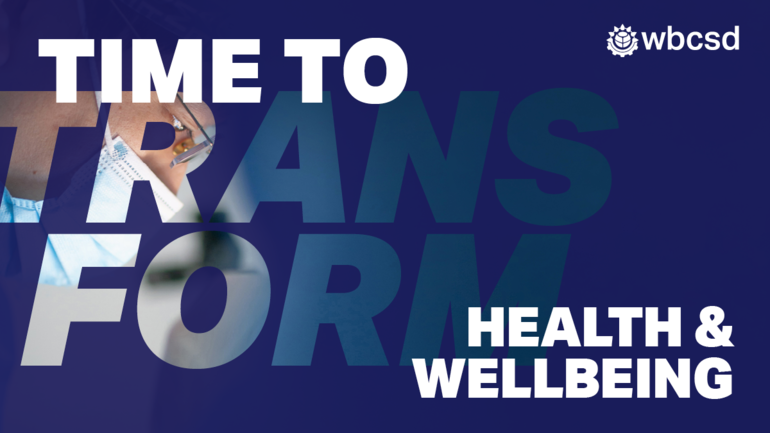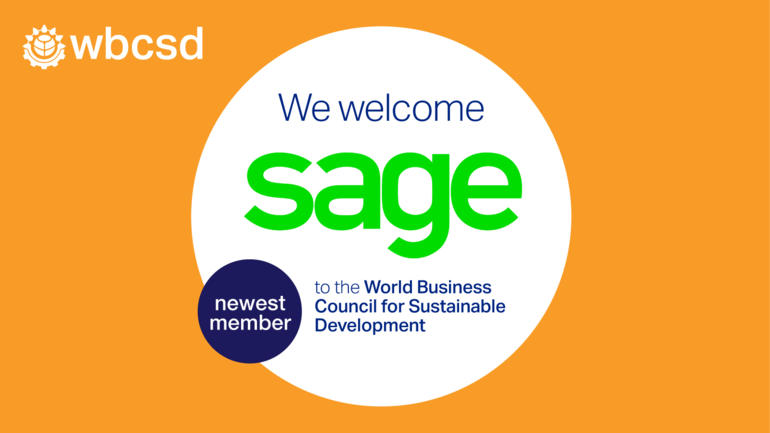As a solution provider, the chemical industry is key to helping reach this long-term vision. Leading chemical companies are working along the value chain to deliver innovative, sustainable products and solutions that help solve sustainability challenges – both from environmental and social perspectives.
This new guidance from the WBCSD’s Reaching Full Potential chemical sector group, builds from the product environmental life cycle guidance released in 2014. This document provides the first common methodology for chemical companies to develop an overview of positive and negative social impacts of chemical products and their applications along the full life cycle, building on framework developed by UNEP and methodology of Roundtable for Product Social Metrics.
This value of this guidance is to provide a consistent method for companies that want to better understand the material social impacts of chemical products. The results will help guide decisions within companies on product development and innovation; value proposition development, and ultimately help companies steer their product portfolio towards delivering more sustainable solutions.
The guidance was developed by the Reaching Full Potential chemical sector project and chaired by BASF, DSM and Solvay. Nine chemical companies collaborated to develop this guidance: AkzoNobel, BASF, DSM, Eastman Chemical, Evonik Industries, Henkel, Mitsubishi Chemicals Holdings Corporation, Sabic and Solvay. The group also included participation by the European Chemical Industry Council – Cefic, and was supported by PwC. Various value chain partners, NGOs and academia were involved in reviewing and improving the guidance throughout the process.








